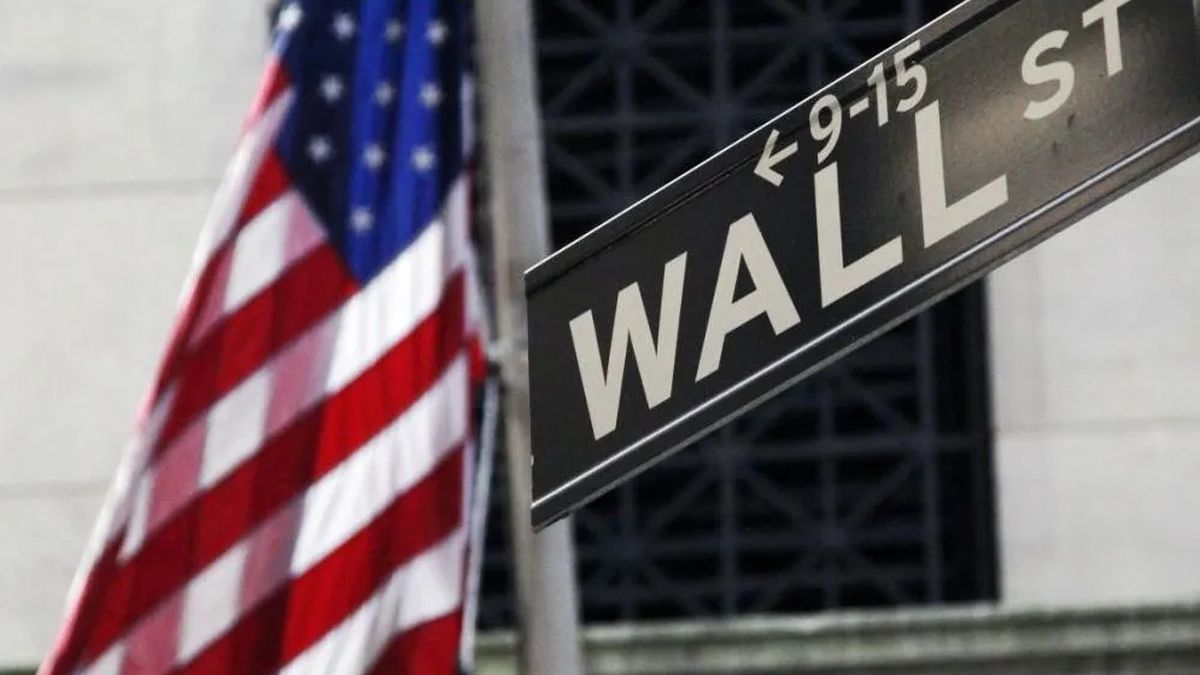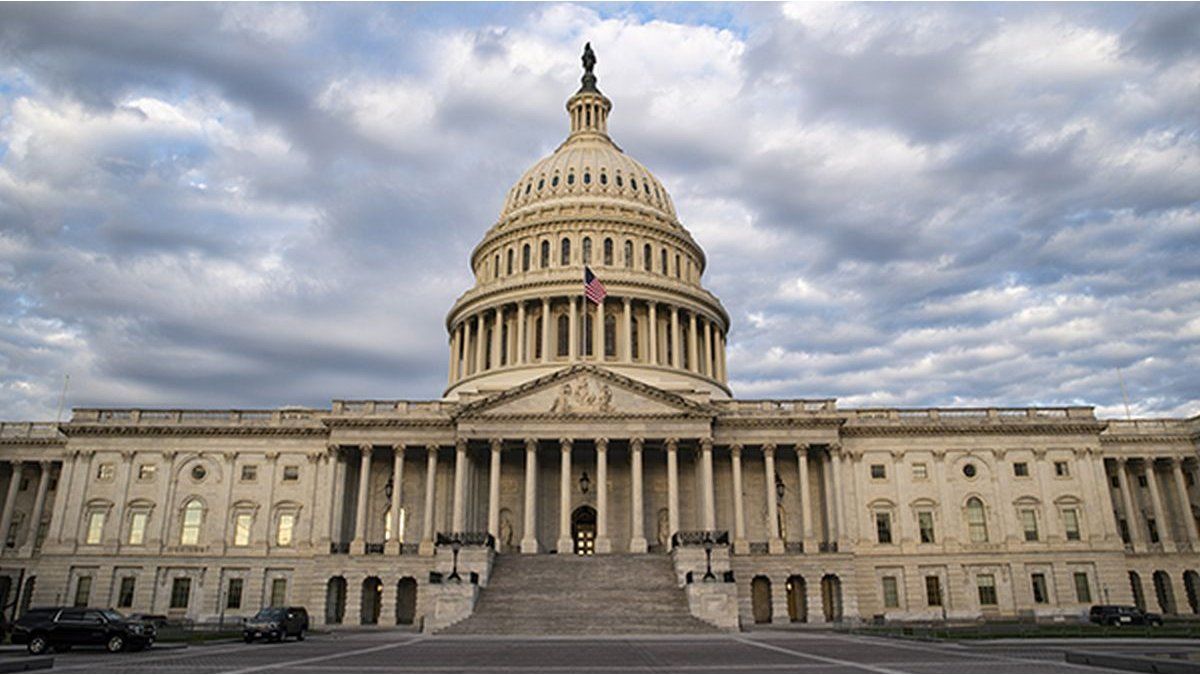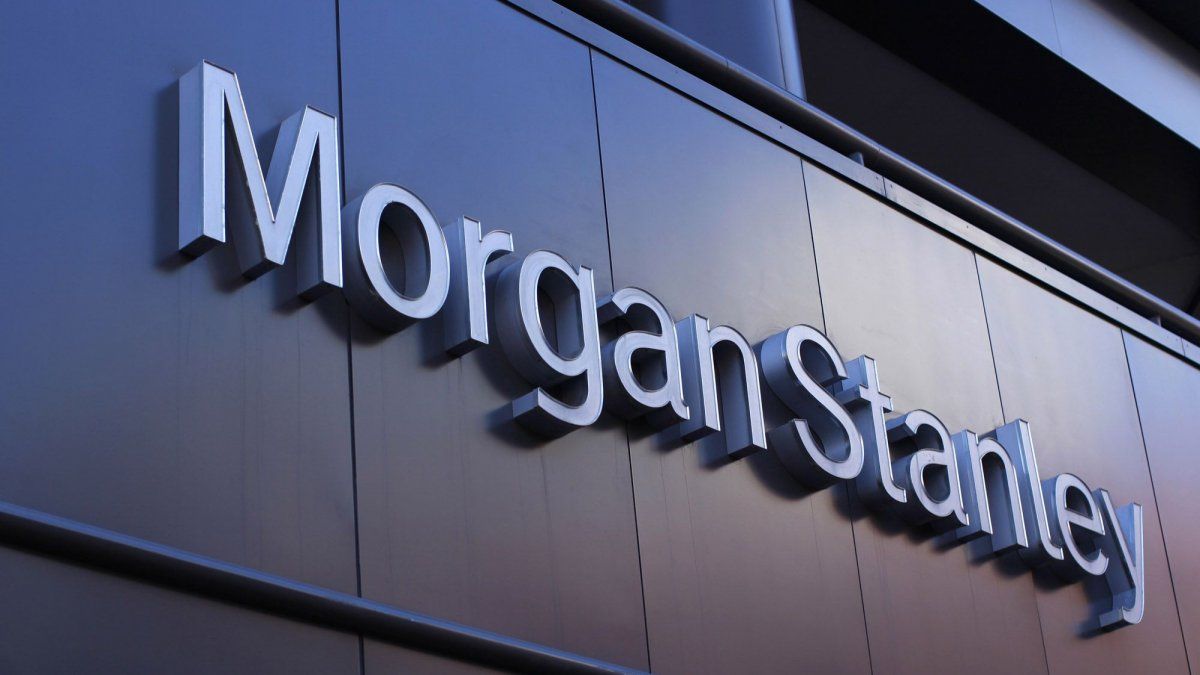Against this background, the actions of Mercado Libre climbed 13% and led the day’s gains. Then the papers appear. Globant (11.4%) and Cresud (6.8%)
At the local level, Argentine assets recovered ground due to portfolio recompositions while waiting for the Senate to approve the agreement with the IMF to restructure some US$45,000 million, while securities linked to inflation led demand after an unexpected jump in the data for February.
In turn, the market was encouraged by the better external climate in the face of signs of a possible solution to the war between Russia and Ukraine, while the emerging circuits distanced themselves from the decision of the US Federal Reserve due to the increase in its rate within of the expected range.
The upward momentum of Wall Street “contributed positively to domestic assets, which thus manage to rehearse a recovery beyond the fact that they remain attentive to the political signals of the ruling coalition and the opposition this time with the Senate as the stage,” said an analyst financier from Buenos Aires.
The senators will discuss on Thursday the understanding reached between the Government and the Fund, just at a time of political tension within the ruling coalition, just five days before the South American country will have to face the payment of some 2,000 million SDRs (some 2,800 million dollars) before the credit institution.
In this context, the S&P Merval stock index gained 4% to 87,450.87 points, after falling 1.1% in the previous session. In the main panel, the greatest rise corresponded to the Comercial del Plata group (11%) followed by BBVA (7.25%) and Ternium (6.4%); while the most pronounced drop was for the energy distributor Edenor (-1.78%).
“The agreement with the IMF and the war in Ukraine were the two issues that shaped the economic scenario,” the consulting firm Eco Go summarized in a recent market summary.
What’s more, The Federal Reserve (Fed, central bank) of the United States announced during the conference a rise in its reference interest rates by a quarter of a percentage point to take them to 0.25-0.50%, in the face of inflation in its highest level in 40 years and could continue to rise, according to their forecasts.
The situation in Ukraine “could create additional upward pressure on inflation and weigh on economic activity,” the Fed said in a statement, after a two-day meeting of its monetary policy committee (FOMC).
Those responsible for the agency foresee additional rate hikes this year, and predict a GDP expansion of 2.8% in 2022 compared to 4% of their previous forecasts.
The Fed reported a “high” inflation that is explained by “supply and demand imbalances related to the pandemic, high energy prices and generalized pressure on prices”, for which further increases in the monetary policy rate will be “appropriate”.
The Fed cut its benchmark interest rate to zero in March 2020 to support the economy, consumption and investment, in the face of the coronavirus pandemic.
The head of the Fed, Jerome Powell, has indicated that the body will seek to control inflation, without affecting economic growth.
The market expects a total of seven rate hikes this year, to bring this reference to 1.75% per year, assuming increases of a quarter of a point at each monetary policy meeting of the entity.
The FOMC, in its latest projections, reported an estimate of 4.3% for inflation in 2022, from a previous 2.6%. This is the first rate hike since December 2018..
After the statement, the New York stock market ended with a strong rise, quickly incorporating the rate hike decided by the US Federal Reserve, and driven by the drop in oil prices and expectations of advances in Ukraine.
Thus, the Dow Jones gained 1.55% to 34,063.10 points, the technological Nasdaq 3.77% to 13,436.55, and the S&P 500 2.24% to 4,357.86 units.
Bonds and country risk
As to sovereign bonds in dollars, the advances in both legislations were on a par with the actions, with the most traded and reference bonds, AL30D and GD30D, with rises of 0.58% and 1.65% respectively.
“Likewise, the agreement is one of the main points to take into account for the bonds since bad news could deepen the negative dynamics that they are awarded, while, in the opposite case, it could give more flexibility to the flow of the bonds and give them, perhaps, a greater incentive from the market that goes hand in hand with a recovery of confidence,” said analyst Javier Rava.
Country risk fell 1.9% to 1,780 basis points, the lowest level since February 10.
CER-indexed bonds once again attracted greater demand and, consequently, an upward price that moved along the entire curve, a day after the Consumer Price Index was announced, which showed an advance of 4.7%. “This circumstance is motivated by the fact that they are the favorite assets of retail and institutional investors who decide or need to maintain their investments in pesos and seek one of the best possible hedges at a positive real rate above inflation,” Rava said.
Source: Ambito
David William is a talented author who has made a name for himself in the world of writing. He is a professional author who writes on a wide range of topics, from general interest to opinion news. David is currently working as a writer at 24 hours worlds where he brings his unique perspective and in-depth research to his articles, making them both informative and engaging.




